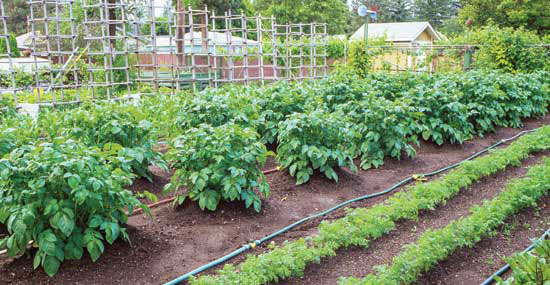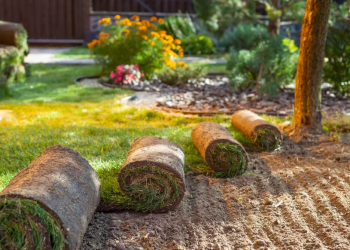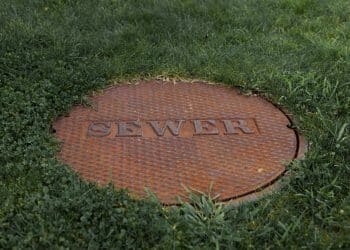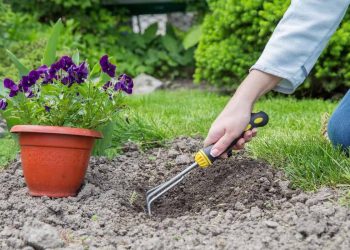Having a home garden is very rewarding. It improves your health, gives you access to fresh produce, and has a positive environmental impact as well. It’s a breath of fresh air right in your backyard.
However, growing and keeping your plants healthy can be time-consuming. That’s where an irrigation system comes in. If you lead a busy life and can’t water the garden when it needs to be, an irrigation system lets your garden take care of itself.
Here are some things to keep in mind in order to achieve an efficient garden irrigation system:
The Plants
Assuming you have different plants in your garden, they will have varying water needs. So read up on how much water each kind of plant needs to grow healthily.
A lot of plants are happy with moist soil. Take note, moist. The pot or bed shouldn’t be soggy from too much water. You may have plants like cacti as well, and those don’t need much watering like the others.
Once you got this all figured out, it will be so much easier to establish an irrigation system.
The Containers
Aside from the plants, you need to look at the containers too. Do you use pots, raised beds, or any other container? Is it shallow or deep? In-ground gardens naturally stay moist longer compared to shallow raised beds. This information is also part in determining the differences with your plants’ watering needs.
Sprinklers
One of the most popular and efficient irrigation systems is the sprinkler system. If you’re pressed for time and you’re watering a large garden, the sprinkler system is the best one.
Sprinklers are great for flowers, bushes, trees, and vegetable gardens. It’s also good if you have plants on sandy soil, as this soil type absorbs water quickly.
On the more technical side of things, a sprinkler system can involve valves, pumps, pipes, and sprinkler heads. Still, it can be as simple as a sprinkler head attachment to a hose.
But if you really want an effective irrigation system, having an electronic sprinkler system is better. Having sprinkler controllers, for example, provides convenience for you. They’ll stick to the schedule and won’t water when there’s rain, so there’s good reason to use it.
Drip Irrigation
Another popular way to take care of your garden is through drip irrigation. Originally used in farms, it’s slowly making its way to many home gardens.
There are different systems you can use, but it’s basically a series of flexible pipes that are woven through the rows of plants. These pipes are connected to a water supply and they have holes or emitters.
Water slowly and consistently comes out of these emitters, providing water directly on the soil. The water seeps below to the roots, and your plant can quench its thirst.
While the drip irrigation system is mostly placed above the soil, there are also subsurface systems where the pipes are buried for closer contact with the roots.
Soaker Hose
This one is much like the drip irrigation system but simpler. Instead of pipes, a soaker hose is a rubber hose punched with tiny holes that leak water. Since the hose is more flexible, you can curve it around your plants any way you want.
Although a soaker hose is much simpler, they’re not suitable for sloped beds or uneven surfaces.
Don’t forget the mulch
Mulch is an important part of gardening. It’s basically a layer of material that you place on the surface of the soil in order to enhance moisture retention and slow down evaporation.
There are a wide variety of materials you can use – stones, landscape fabrics, wood chips, grass clippings, and straw. We do recommend using compost or well-rotten organic matter, as these have additional benefits to your plants.
Water Scheduling
This can be tricky especially if you’re a newbie. A water schedule depends on the irrigation system you use. For drip irrigation, for instance, you can irrigate twice weekly when the weather is warm and once weekly when it’s cold.
For best practice, it’s good to have a timer. Rain sensors are great too so your controllers will stop the sprinklers from watering the plants if any rain has fallen.









Comments 1